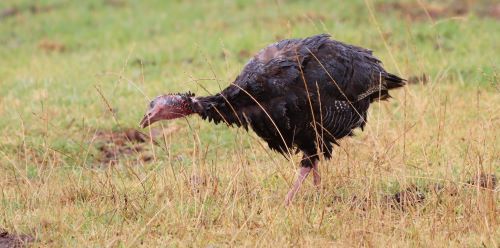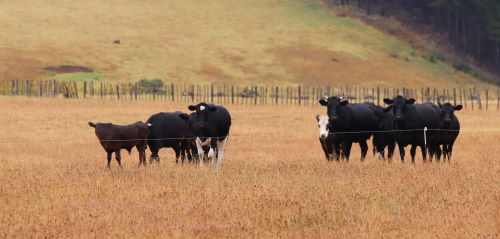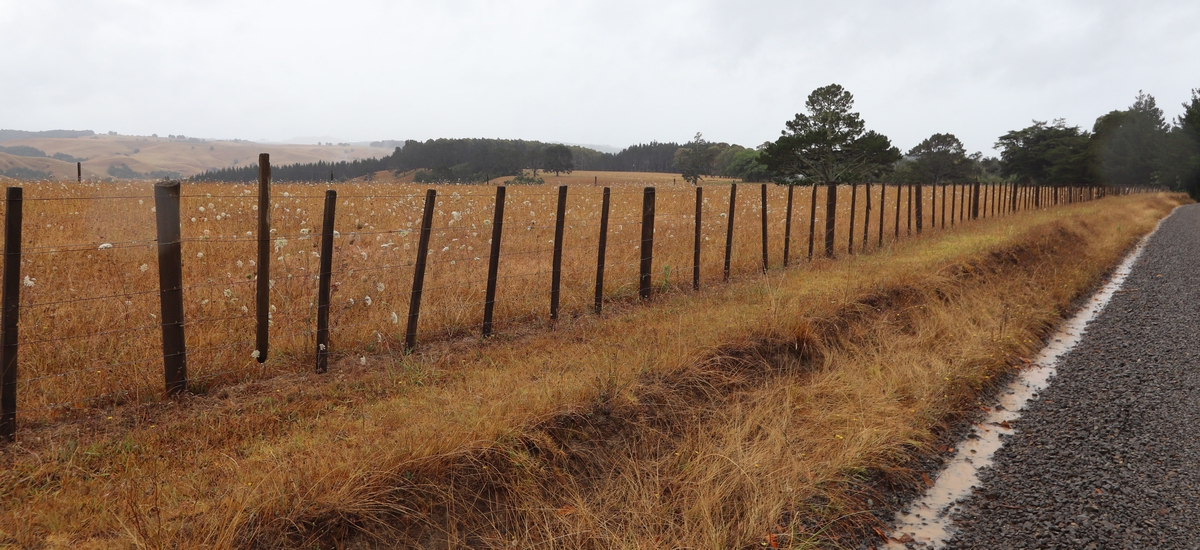‘Kinder’ summer to date, but water conservation still sensible
19 Jan 2021, 9:35 AM
Bouts of timely rainfall mean this summer has been ‘kinder’ to many Northlanders than last year’s prolonged drought, but with much of summer and autumn still to come, authorities say it’s still sensible to save water where possible.
Colin Dall, the Northland Regional Council’s Group Manager Regulatory Services, says when viewed as a whole, the weather around the region to date was collectively what could more loosely be called a ‘typical’ Northland summer in terms of overall rainfall.
“Coming into this summer, spring was drier than usual, as was the first official month of summer, December, with western areas and Kaitaia receiving around 30 percent of typical rainfall, and the east coast receiving around 10%”.
Fortunately, as predicted by forecasters, January had seen relatively short, but timely, bouts of rain that meant some places were now close to – or above – typical January rainfall.
Importantly, for those on domestic tank water systems, the timely rainfall had also provided a welcome boost to their supplies.
As of 9am yesterday Monday, 18 January – and bearing in mind roughly a third of January was still to come – regional council figures showed Hokianga had received 59mm of rain compared to 45mm that is typical for it over January, Wilson’s Dam 46mm, (typical Jan 50mm) and Paparoa 90mm (typical Jan 61mm).
At the other end of the scale, Kaitaia had received 41mm compared to the 70mm it typically received over January, Whangarei, 36mm (typical Jan 80mm) and Dargaville 35mm (typical Jan 80mm).
 A thirsty turkey – caught in a welcome summer shower – takes advantage of the situation to scoop up droplets of rainwater attached to grasses in a roadside paddock near Kerikeri.Mr Dall says the most recent MetService forecast produced for the regional council indicated overall it was likely to be drier than normal over the four weeks to the end of the first week of February, although there was still the possibility of this week (18-24 January) ‘running a touch wetter’ than forecast.
A thirsty turkey – caught in a welcome summer shower – takes advantage of the situation to scoop up droplets of rainwater attached to grasses in a roadside paddock near Kerikeri.Mr Dall says the most recent MetService forecast produced for the regional council indicated overall it was likely to be drier than normal over the four weeks to the end of the first week of February, although there was still the possibility of this week (18-24 January) ‘running a touch wetter’ than forecast.
Given the region was now roughly half-way through summer, it was simple common sense for everyone to already be conserving water wherever possible (whether on town supply, tank or groundwater) and ensure it was not wasted unnecessarily.
That included people keeping a vigilant eye out for, and repairing, any leaks in their water supply systems.
The regional council’s Water & Waste Monitoring Manager Alison McHugh says Northlanders on tank supplies need to be especially mindful of conserving water.
“Aside from the obvious financial cost of buying in the water people need, tank refills also have potential environmental costs, putting pressure on supplies in other areas, reducing water in streams and rivers and potentially affecting aquatic habitats.”
Similarly, those who sourced their water from groundwater supplies had a similar role to play as ‘not all aquifers are created equal’.
Ms McHugh says regionally aquifer levels are lower than usual – again largely the legacy of last year’s prolonged drought – and were being monitored closely by the regional council.
“Typically aquifer levels decline over summer and reach their lowest levels in autumn before recharging over the wetter months.”
Ms McHugh says while some aquifers are able to cope over the dry months, others were more susceptible to saline (seawater) intrusion, particularly those in small coastal areas.
 Stock in dry conditions in the Takou Bay area near Kerikeri.“Be mindful of your pumping rates when taking groundwater; especially if you’re living in a coastal area and reduce your pump flows to help avoid adverse effects if you haven’t already done so, regardless of whether you have a consent or not.”
Stock in dry conditions in the Takou Bay area near Kerikeri.“Be mindful of your pumping rates when taking groundwater; especially if you’re living in a coastal area and reduce your pump flows to help avoid adverse effects if you haven’t already done so, regardless of whether you have a consent or not.”
“There are also hundreds of other Northland users taking relatively small amounts of water who don’t need resource consent to take that water, but still need to respect the resource.”
Meanwhile, Mr Dall says of the several hundred people or organisations which do have consents, district councils taking water for public water supply and farmers irrigating pasture are among the biggest users, requiring hundreds of thousands of litres daily.
He says while some regional council resource consent holders had already had to cease their takes due to rivers reaching low flows, that was not uncommon over summer.
“The regional council has also recently started engaging with other water users in areas where river and groundwater flows are likely to reach low flow limits in the near future; again this is common over summer.”
Mr Dall says if necessary, the regional council can impose formal water rationing and/or water shortage directions as tools for managing water takes in dry catchments however that was not something it had had to resort to this summer to date.
Mr Dall says the region’s district councils – which provide drinking water to communities all around Northland though their own supply networks – had already proactively introduced their own water use restrictions in susceptible areas in recent weeks, including both the Kaipara and Far North.
Regional river and rainfall data is available on the council’s website via: www.nrc.govt.nz/riversandrain and water restrictions for public water supplies operated by Northland’s three district councils are available on www.bewaterwise.org.nz

Water collects off the roadside during recent showers in the Far North’s Takou Bay area.
